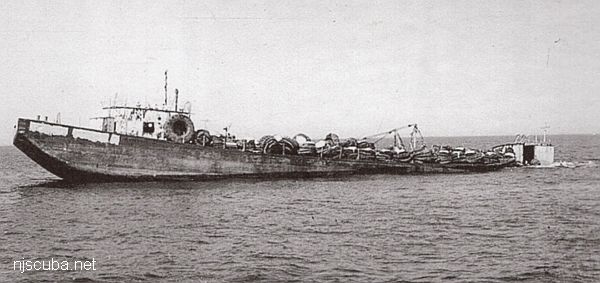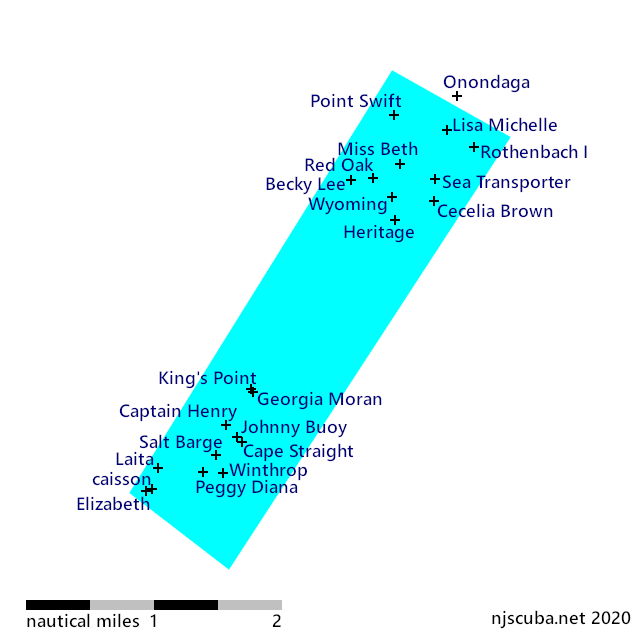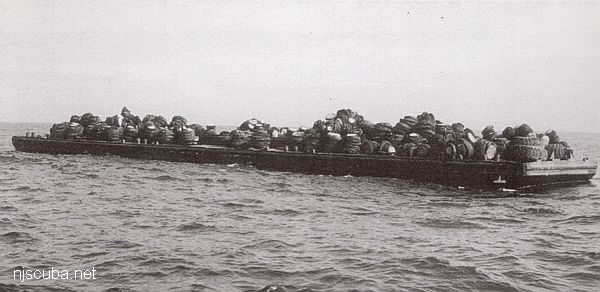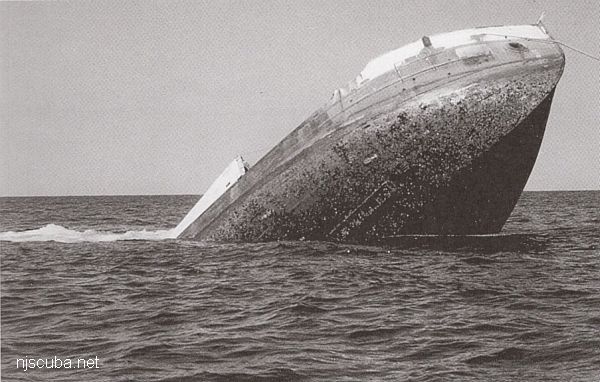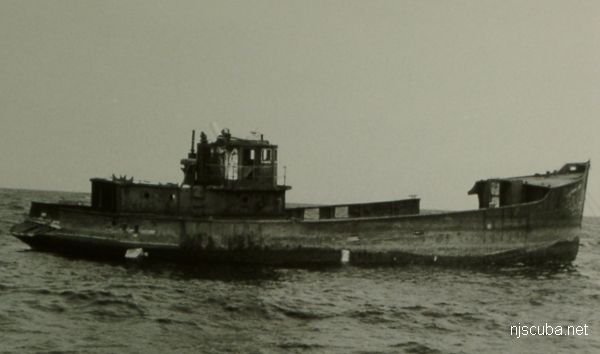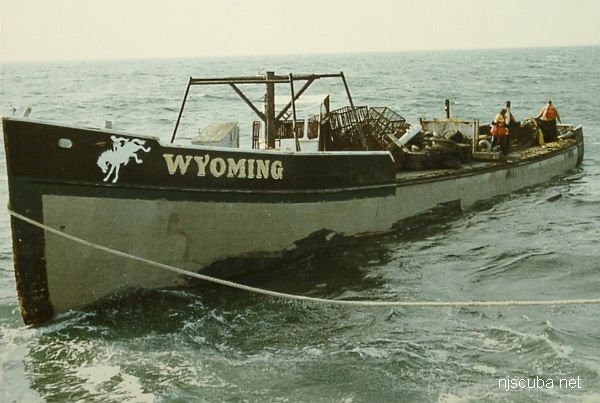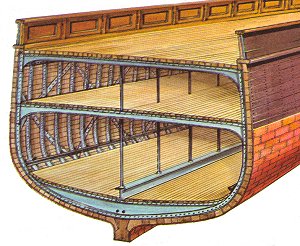Iron and steel began to replace wood in ship construction in the middle to late 1800s. Timber-poor Europe ( especially England ) led in the development of iron ships, while America, with its vast reserves of lumber, continued to build wooden ships for some time longer. However, as the economical size of ships grew to surpass what could be built of wood, America too began constructing iron ships. For a few years, composite ships were built with iron frames and wooden skins, as seen at right, but difficulties with corrosion between the wood and metal soon led to hulls built completely of metal, both sailing ships and steamers.
More: Iron & Steel Ship Construction ...
